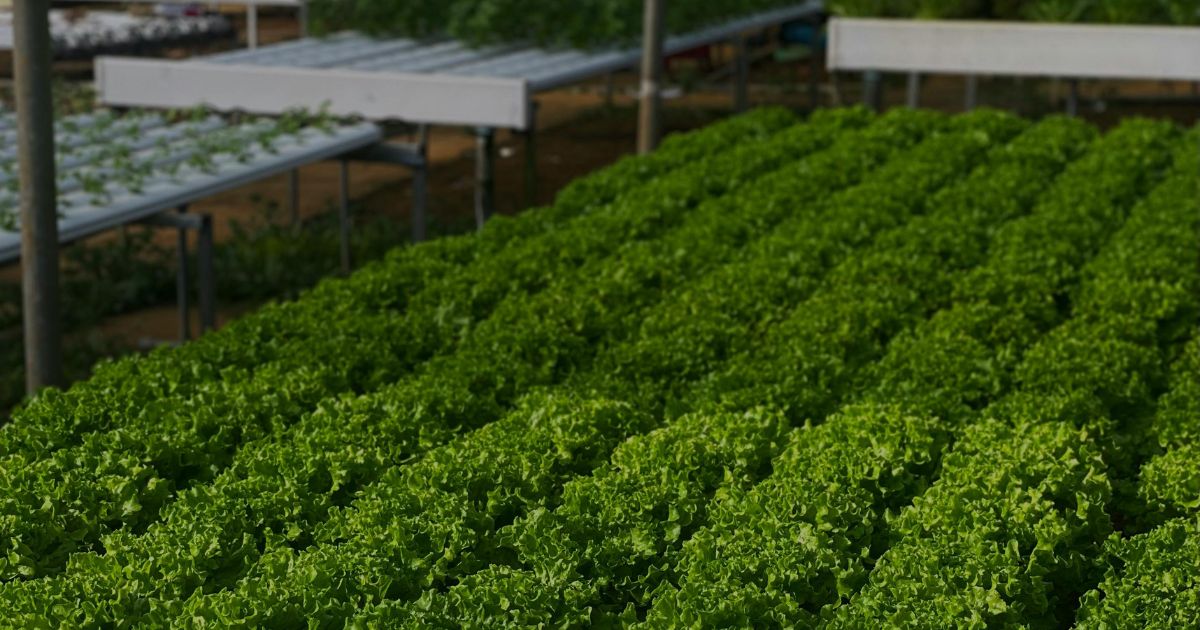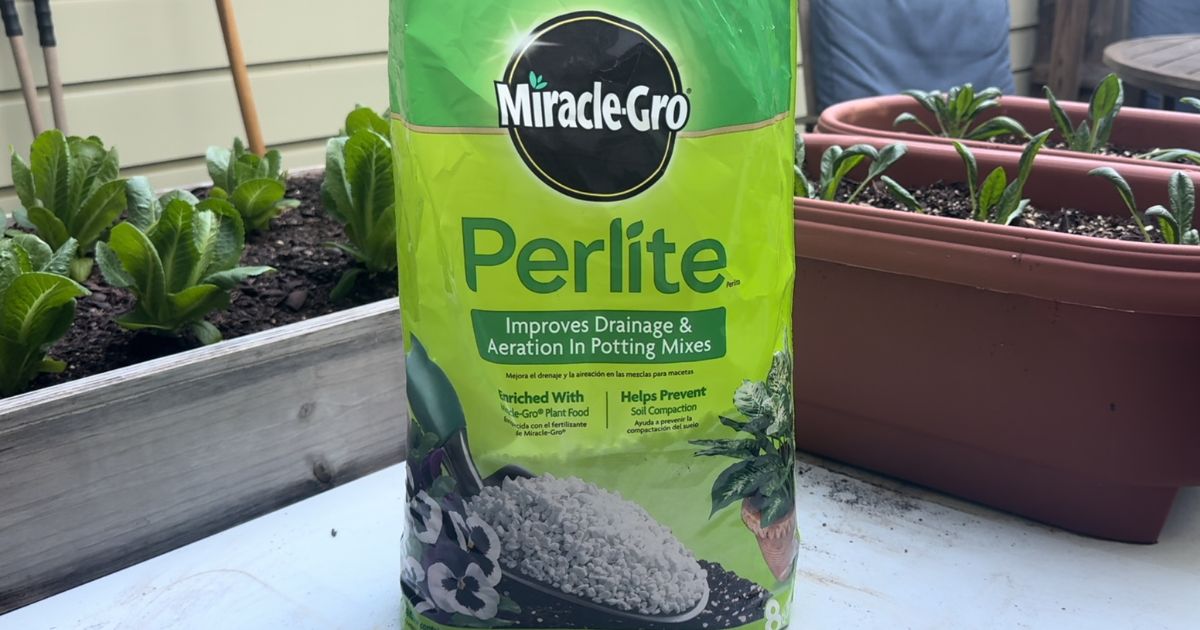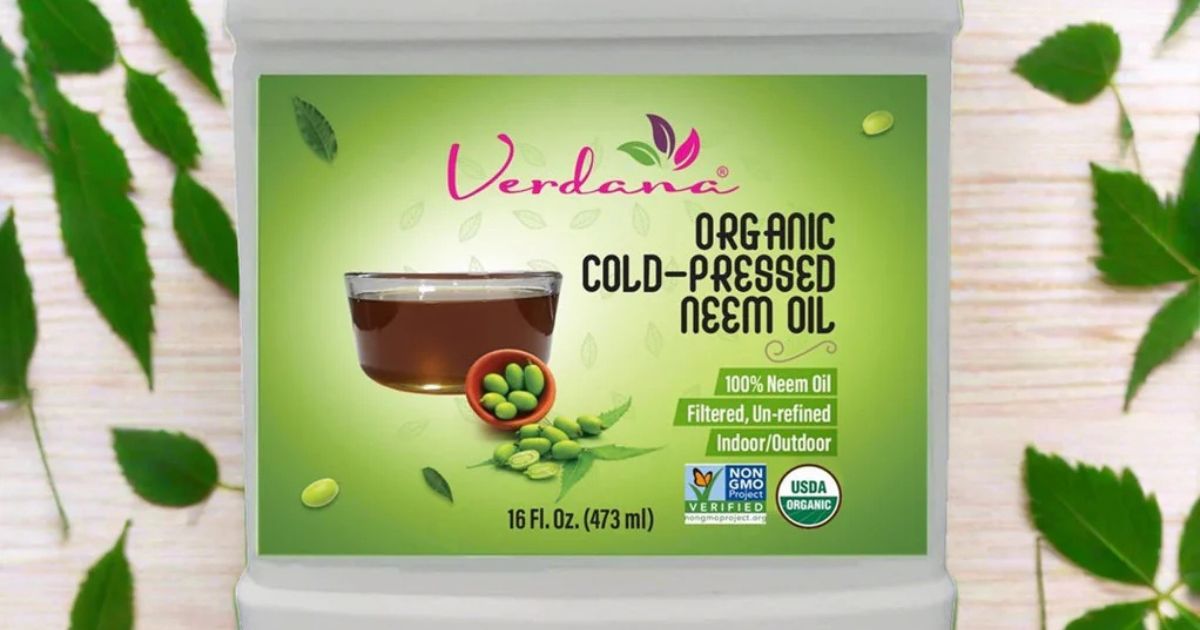
Who Invented Hydroponics?
Hydroponics, the science of growing plants without soil, is not a recent innovation. It has deep historical roots, evolving from ancient agricultural practices to the advanced systems we see today. This article traces the discovery and development of hydroponics, highlighting key contributors and milestones in its history.
Ancient Beginnings of Hydroponics
While the term “hydroponics” was coined in the 20th century, the concept has been around for thousands of years.
Hanging Gardens of Babylon (600 BCE)
One of the Seven Wonders of the Ancient World, the Hanging Gardens of Babylon, is often cited as an early example of hydroponics. Though details remain speculative, historians believe the gardens used an advanced irrigation system to deliver water and nutrients to plants growing on terraced structures.
Floating Gardens of the Aztecs (10th–15th Century)
The Aztecs developed chinampas, artificial islands constructed in shallow lakes. These floating gardens relied on nutrient-rich lake mud and water to grow crops, demonstrating an early form of soilless agriculture.
The Scientific Foundations of Hydroponics
The modern understanding of hydroponics began to take shape during the Renaissance and Enlightenment periods, as scientists delved into plant nutrition and growth processes.
Jan van Helmont (1600s)
The Flemish scientist Jan van Helmont conducted experiments showing that plants derive much of their mass from water, rather than soil. While his findings were incomplete, they laid the groundwork for studying plant nutrition.
John Woodward (1699)
In the late 17th century, English chemist John Woodward explored the role of water in plant growth. He demonstrated that adding dissolved substances (nutrients) to water improved plant growth, hinting at the principles of hydroponics.
The Birth of Modern Hydroponics
The transition from conceptual experiments to practical application occurred in the 19th and 20th centuries.
Julius von Sachs (1860s)
German botanist Julius von Sachs is often credited with pioneering modern hydroponics. He developed the first nutrient solution containing essential minerals, allowing plants to grow in water alone. His experiments proved that plants only need specific nutrients dissolved in water to thrive, providing the scientific basis for hydroponics.
William Frederick Gericke (1930s)
William Frederick Gericke, a professor at the University of California, popularized the term “hydroponics” and demonstrated its potential for large-scale agriculture. In the 1930s, Gericke successfully grew tomato plants using hydroponic techniques, showcasing the method’s ability to support commercial food production.
Key Innovations in Hydroponics
Since its formalization, hydroponics has continued to evolve, thanks to advancements in technology and science.
NASA and Space Farming
In the 20th century, NASA explored hydroponics as a way to grow food in space. These studies aimed to create sustainable food sources for astronauts, pushing the boundaries of hydroponic technology.
Modern Systems
Hydroponic systems like Nutrient Film Technique (NFT), Deep Water Culture (DWC), and Aeroponics were developed in the latter half of the 20th century, enhancing efficiency and scalability.
Who Should Be Credited for Hydroponics?
Hydroponics doesn’t have a single inventor. Instead, it is the result of contributions from various civilizations, scientists, and innovators:
- Ancient societies like the Babylonians and Aztecs developed foundational practices.
- Scientists like Jan van Helmont, John Woodward, and Julius von Sachs laid the theoretical groundwork.
- William Frederick Gericke adapted the method for modern agriculture.
Frequently Asked Questions
Q: Why was hydroponics invented?
Hydroponics was developed to understand plant nutrition and provide alternative growing methods in environments where soil is limited or unsuitable.
Q: Is hydroponics better than traditional farming?
Hydroponics offers advantages like water efficiency, faster growth, and less reliance on arable land, but it complements rather than replaces traditional farming.
Q: When did hydroponics become commercially viable?
Hydroponics gained commercial traction in the 20th century, particularly after William Frederick Gericke’s work in the 1930s.
Conclusion
Hydroponics has evolved from ancient ingenuity to a cutting-edge agricultural practice. Its development reflects humanity’s quest to better understand and optimize plant growth. Whether inspired by the Hanging Gardens of Babylon or propelled by modern science, hydroponics continues to shape the future of sustainable farming.



